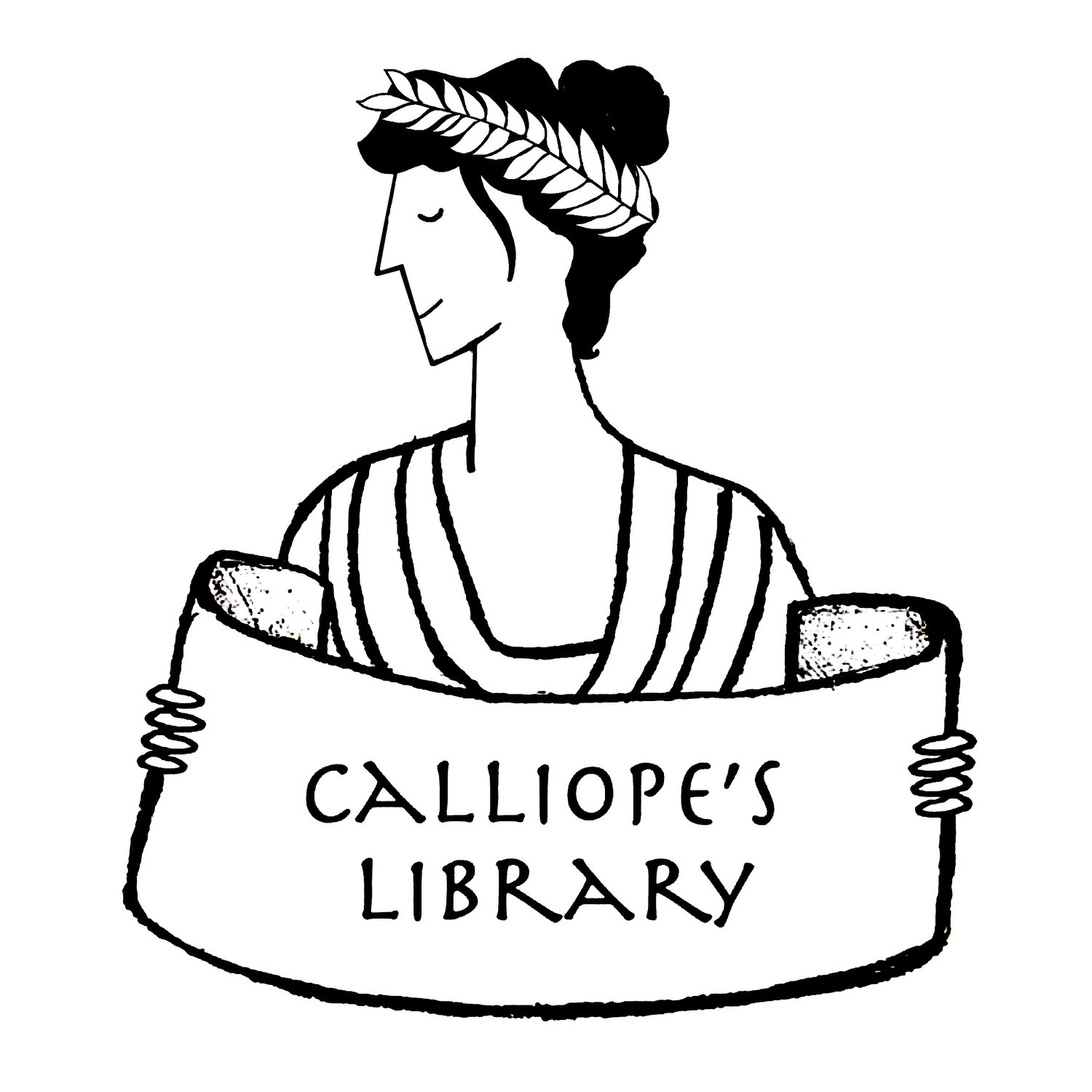Title: Cattus Petasatus: The Cat in the Hat in Latin
Author and Illustrator: Dr. Seuss
Translators: Jennifer Morrish Tunberg and Terence Tunberg
Year: 2000 [1957]
Tags: 6+, Picture Book, Books in Latin, Setting: Contemporary(?), Protagonist: Animal, Read Aloud
This brilliant Latin translation of Dr. Seuss’s The Cat in the Hat conveys the whimsy of the original text, enhanced by the same illustrations and page and font design as the English edition. What makes this translation a stroke of genius is that the Tunbergs effectively duplicate Dr. Seuss’s rhythm and rhyme, which appears in alternate lines. The Latin translation makes use of a trochaic rhythm (eight-syllable lines) with an end-rhyme in the last two syllables (a verse scheme used, for instance, by Thomas Aquinas’s hymns.) The result of this thoughtful composition is a translation that will immediately seem familiar to the reader or, better yet, the listener. Reading this book aloud makes young and old break out into smiles of delight. What a source of joy!
This book introduces young children to Latin as a living language. For students of Latin, the book is a fun text to translate because the story is familiar. At the end of the book appears a helpful Latin-English glossary. As an achievement in Latin composition, Cattus Petasatus inspires the young Latinist to consider the art of Latin composition, particularly verse composition. One also gains an appreciation for the technique of translation as an art in itself. - Sarah Klitenic Wear


